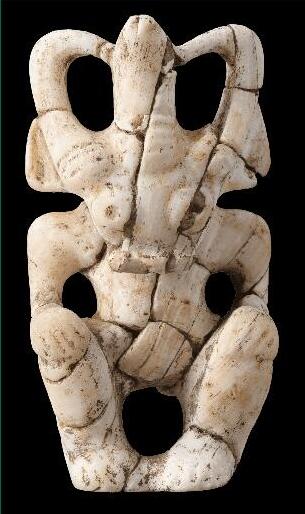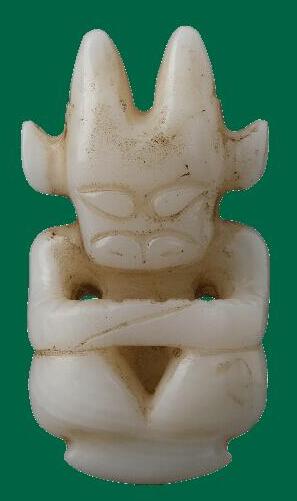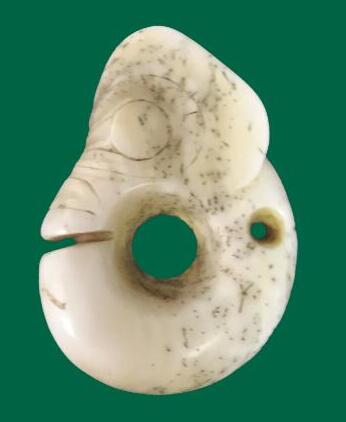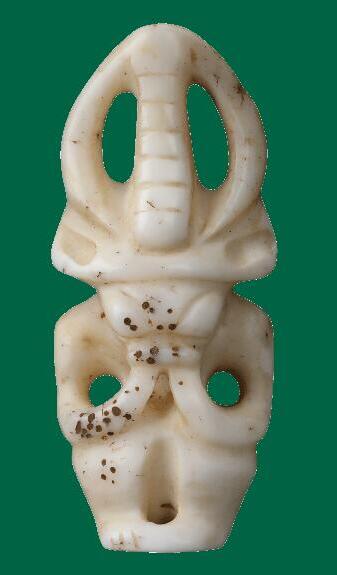
Traditional Festival Tomb-Sweeping Day's "ancestor worship"
Qingming is one of the 24 solar terms in China, which comes after the vernal equinox and before Grain Rain. According to the Almanac, "On the 15th day after the vernal equinox, the fingers are pointed at the tripod, which means that everything is clean and clear, and when it is covered, everything is clear and clear (the temperature rises, the fog in the south of China is less, the sandstorm in the north disappears, and the air permeability is good), hence the name. "
When it is clear, the sun's spirit is flourishing and it begins to accelerate, bringing more "living" energy to everything. At this time, the yin is declining, the vitality is vigorous, everything is "getting rid of the old and getting new", and the earth presents the image of spring and tranquility, which is exactly the size of spring ploughing and spring planting.
Good season, so there are well-known "Qingming and Grain Rain are connected, so don't delay soaking seeds and ploughing" and "before and after Qingming, plant melons."
The folk proverb of beans.
Apart from the agricultural calendar, Qingming Festival is an important traditional festival in China, and ancestor worship and grave sweeping are its most unique and distinctive cultural symbols.
Speaking of ancestor worship, in primitive human religious beliefs, it first started with clan totem worship. Ancient ancestors imagined that their ancestors came from or had kinship with some animals or plants, so some animals and plants became the oldest ancestor totem of this nation. The reason is that in the early stage of primitive society, the productivity of human beings is extremely low, and their thinking ability is particularly underdeveloped. People are in absolute weakness in the struggle with nature, and they are afraid of natural phenomena and creatures beyond their own abilities and gradually deify them. Wind and rain, lightning, mountains and rivers, animals, birds, flowers and trees can all be worshipped as natural gods. From this, it developed into ancestor totem worship with the primitive religious nature formed by the consciousness of blood group.
The following unique totem statues of Hongshan Culture are the cultural windows for us to understand the totem worship of ancestors by ancient humans today.
Clan totem idol
Hongshan Culture bull's head portrait

This collection is a totem statue of the head of an ox in Hongshan Culture period. White. The head of the ox is human, wearing a high crown, with two corners hooked behind the crown, protruding eyes and round eyes, flat mouth and upturned mouth, arched back, wide shoulders and thin arms, and hands touching knees, showing a squat shape. This statue is a rare totem of ancient ancestors, which combines cattle and human beings seamlessly with great momentum, showing the mystery of the original totem and the potential great artistic tension. It has high historical and artistic research value.
Hongshan Culture clan totem statue

This collection is also a totem statue of the clan in Hongshan Culture, which is well preserved. The statue is squatting, with double horns on the head, upturned ears, a pair of inverted splayed eyes on the face, and a wide lip protruding outward. It is also the personal image of a bull's head, and it is dignified and sitting in the face. This cultural relic is not only a totem of the clan, but also a materialized carrier of ancestor worship of the clan. It is a rare material for studying the social nature and clan attribute of Hongshan Culture.
Hongshan Culture Zhulong

The collection is made of jade-like armadillo, carved in a round shape and white. The top is carved with a raised pig dragon head, with wide eyes on both sides, big earlobes and shoulders, and the upper part of the nose is engraved with negative wrinkles. The mouth of the mouth symbolizes the dragon's mouth, the lower part is the curled dragon's tail, and there is a small perforation on the opposite side, which seems to be drilled for wearing. Pig Dragon is a very representative totem worship in Hongshan Culture clan, and it is also one of the ancestral totem gods that Hongshan Culture people generally think can protect their peace.
Hongshan Culture clan totem idol

This collection is also a totem statue of Hongshan Culture Yuhuajia clan. White, slightly earthy yellow patina. The overall shape is simple and mysterious, and the carver is skilled and exquisite. This totem statue of the clan is different from the first two in that it has an obvious high crown, a slightly wider crown edge, a raised crown top, and two horns meet on it, with two hands supporting each other, which is in the form of squatting and meditation. This shows that they are also the totem of the clan, and their instinct or division of labor can be seen from the form. Ancient ancestors may worship different totems according to different needs in order to obtain their exclusive protection.
Ancestor worship is an unbroken blood bond handed down from generation to generation by the Chinese nation. The cultural exchange, integration and identification between clans have contributed to the germination, development and expansion of ancient civilization, and become a multi-ethnic family where all ethnic groups return to the sea on the basis of independent development. It also constitutes an internal unbreakable cohesive force. A national community with common economic life, common language and common national consciousness has also made us the only nation in the world, with a culture that has never stopped for 5,000 years.

Follow official account